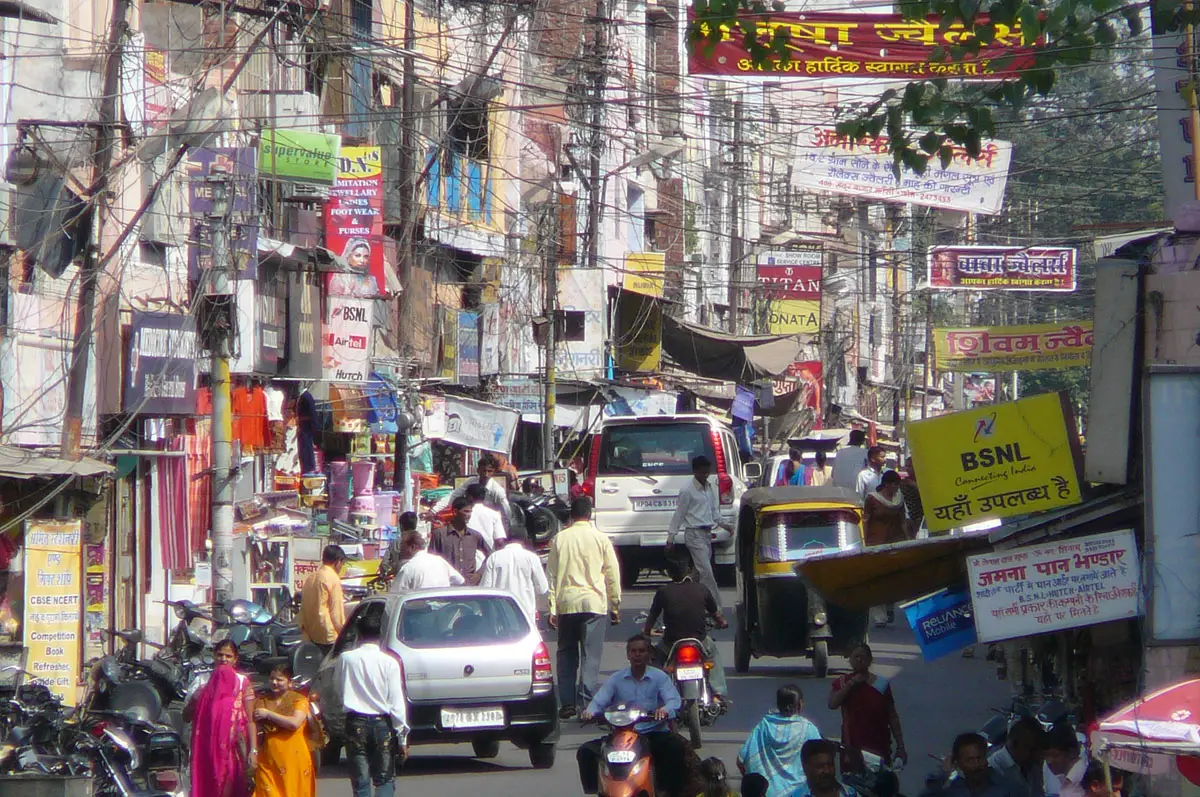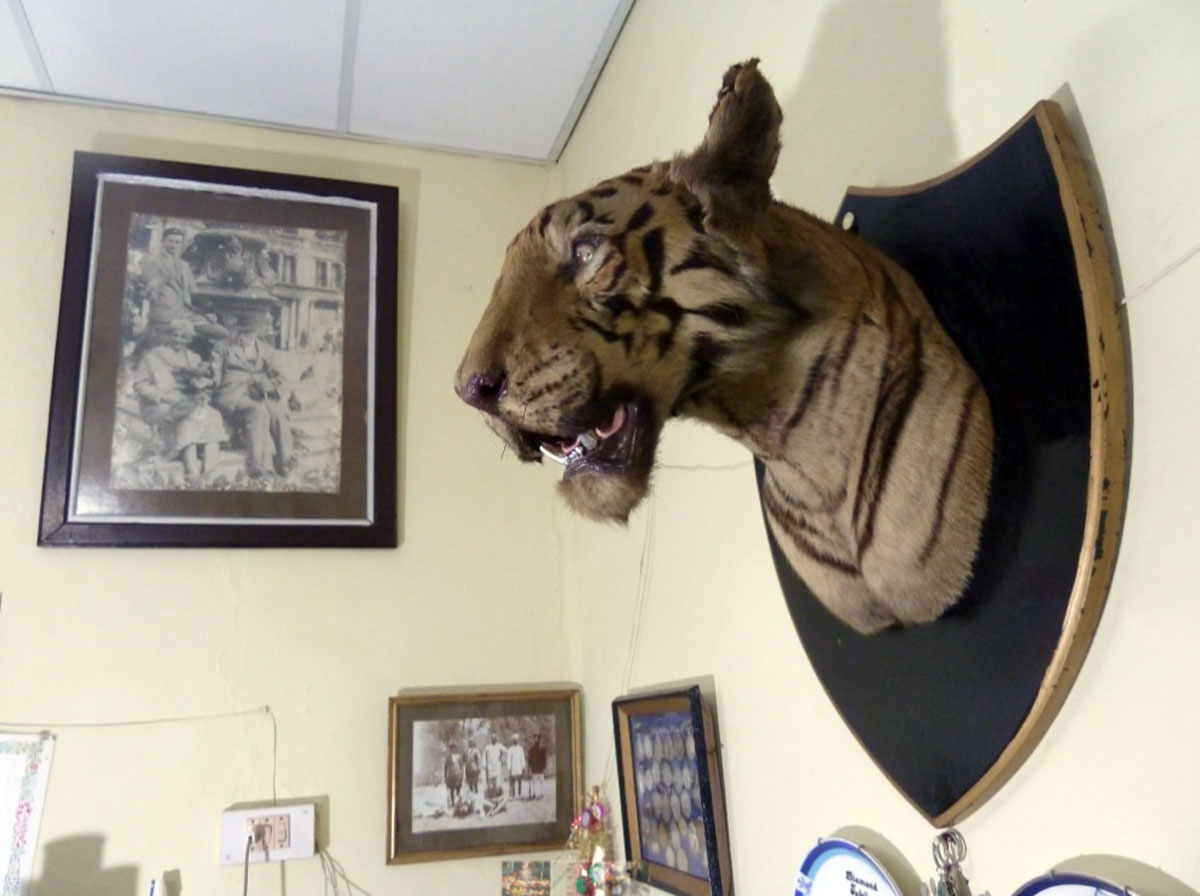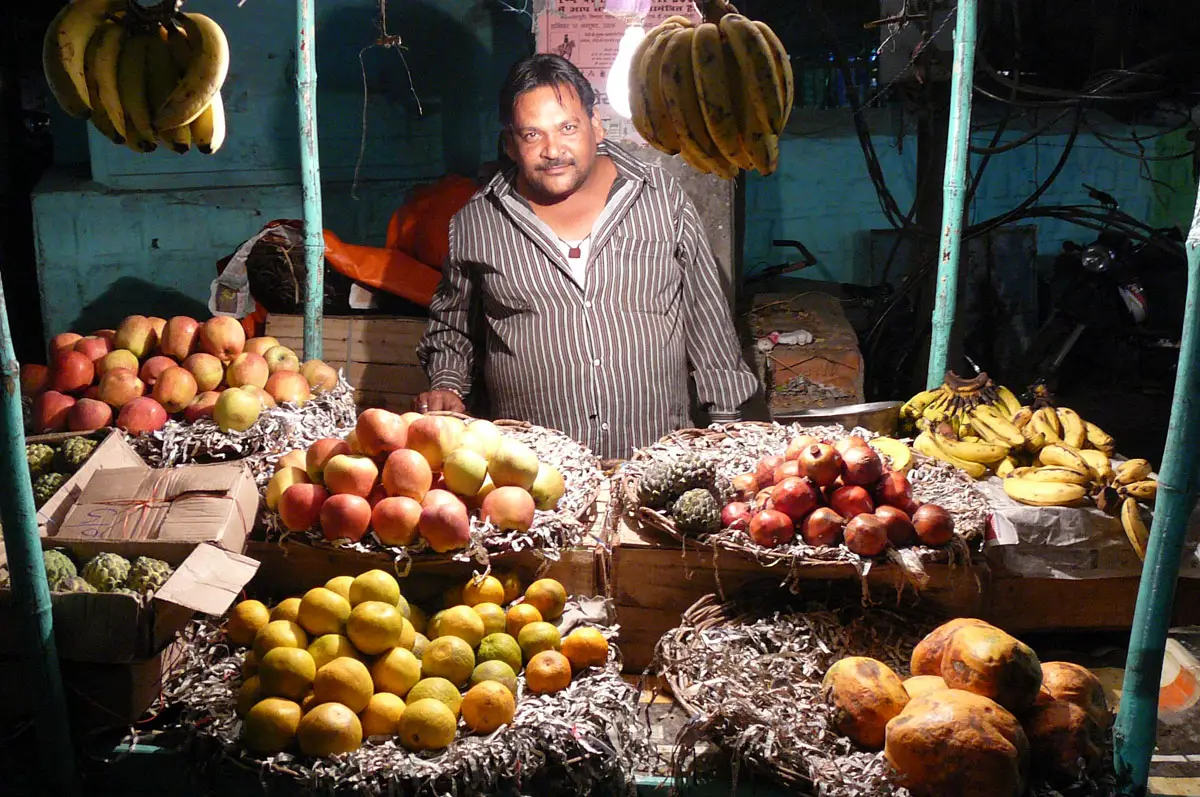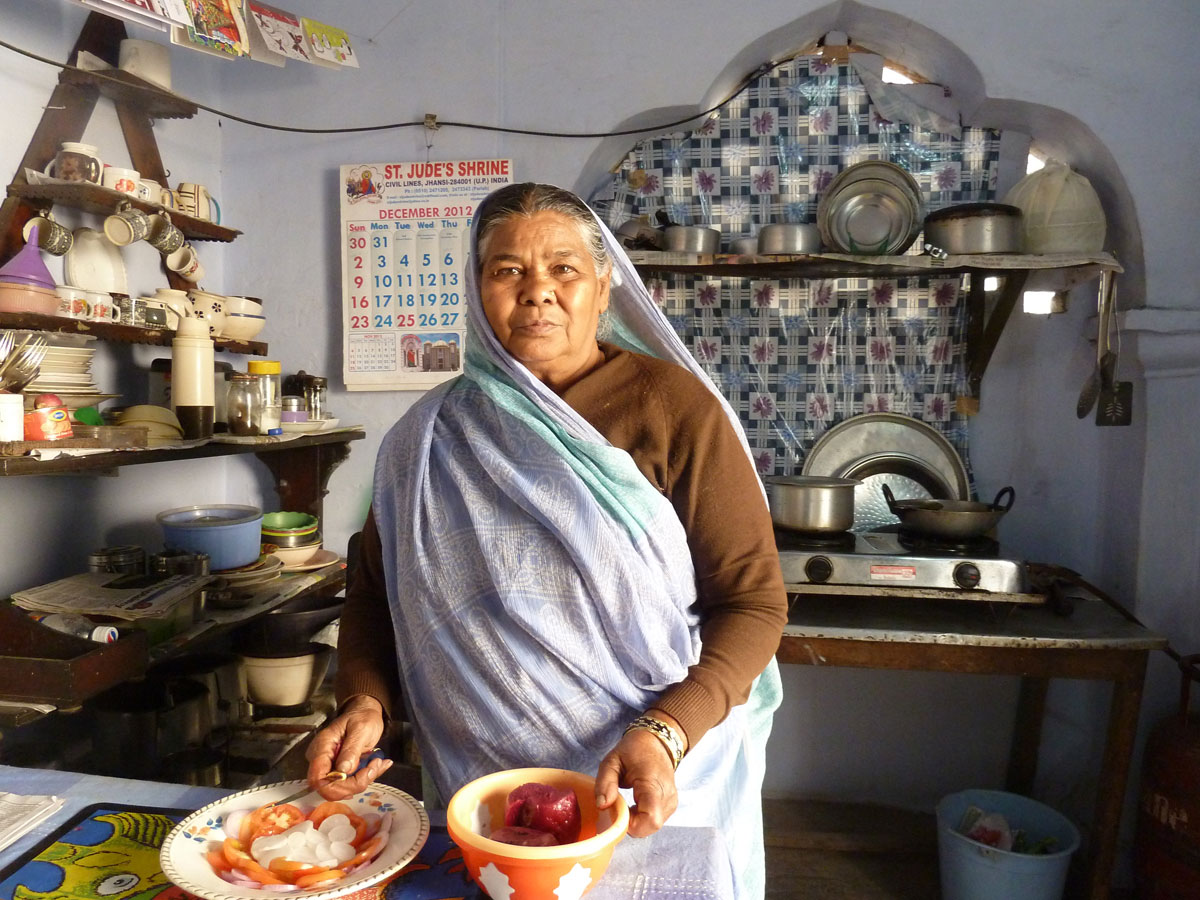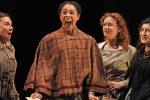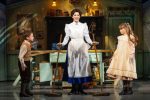Book Preview: Teatime at Peggy’s: A Glimpse of Anglo-India, by Stephen McClarence & Clare Jenkins
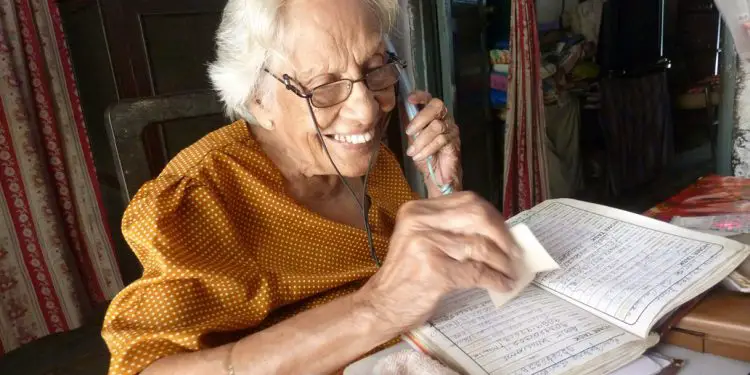
By Clare Jenkins, May 2024
Jhansi images: Stephen McClarence
Eight years ago, I made a programme for BBC Radio 4 called Teatime at Peggy’s. It told the story of Peggy Cantem, the 90-year-old matriarch of the Anglo-Indian community in the central Indian town of Jhansi.
Peggy was a force of nature. She carried out charity work, helped people with translations, held open house at her ground-floor flat in the Civil Lines area, looked after Jhansi’s large European cemetery, and was the community’s unofficial marriage-maker. “They call me Hatches, Matches and Dispatches,” she would laugh, “because I cover births, marriages and deaths!”
Her speech was full of charmingly anachronistic phrases. ‘Everything is kept higgledy-piggledy,’ she would say, shaking her head over the state of her storage room. Or: “Not in the creation of cats could we have had a better time!” Sentences would come out of nowhere. ‘My mongoose hasn’t come this morning,’ she would suddenly announce, apropos of nothing. Or: ‘My English is not even colloquial.’ Or: ‘Rodney Titus – you can give him all the dope on the Anglo-Indians.’
“Recording conversations”
For the record, Anglo-Indians are descendants of British or European men and Indian women. Back in 1947, there were around half a million of them in India, helping the British run the police, the postal and telegraph services, and the railways. After Independence, many emigrated abroad, fearing that they’d lose status under Indian rule. Today, there are so few left – around 100,000 to 150,000 – they’re officially designated a Minority Caste.
The novelist John Masters wrote about them in his classic 1950s novel Bhowani Junction, said to be based on Jhansi. Peggy had shown him around the town’s railway quarter when the film version was being planned, starring Ava Gardner and Stewart Granger.
Over the course of 15 years, my husband and fellow journalist Stephen McClarence and I would sit in her crowded kitchen, making notes and recording conversations, while a regular stream of visitors turned up. Conversations could often be surreal. We heard about mysterious family histories: missing grandfathers, disappearing grandmothers, long-dead brothers whose names their surviving siblings never knew, sisters who left Jhansi and were never heard of again.
We recorded countless hours of memories of the “good old days” when the local Railway Institute hosted dinner-dances (“You’ve never seen a better jiver than Peg!” as one of her friends told us), Monsoon Toad Balls (“to find the most hideous-looking, heaviest-looking man!”) and May balls (“Very pretty our girls were; they won beauty contests”).
“Experiences and eccentricities”
We listened while Pastor Rao, an elderly railwayman turned Anglican priest, recited Winston Churchill’s wartime speeches. We kept our own counsel when Peggy mourned the loss of panthers in India after telling us her father had shot 77 of them. We kept it again when her great friend Captain Roy Abbott, possibly India’s last British landowner, mourned the reduced tiger population in India while sitting under a mounted tiger’s head.
And as Peggy’s cook, Sheela, made vegetarian curries at the two-ring gas cooker, we were regaled with stories of Anglo-Indian food: from mulligatawny soup through toad-in-the-hole to ‘railway lamb’ curry.
My radio programme aimed to distil into half an hour all those encounters, experiences and eccentricities. During lockdown, Steve and I realised that we had enough material to write a book. The result is Teatime at Peggy’s: A Glimpse of Anglo-India, a travelogue cum social history of one of India’s most endangered communities – and a tribute to Peggy and all the Anglo-Indians we met in India. Though very much a joint project, it’s written in Steve’s voice…
Excerpt from Teatime at Peggy’s:
On one of our long train journeys, Clare had picked up an Anglo-Indian cookery book from a Wheelers bookshop on a station platform. It wasn’t for the squeamish. A typical meal might start with trotter soup – ‘Ingredients: 6 to 8 trotters (mutton or pork)’ – continue with sheep’s head curry, goat’s brain curry, sheep’s brain faggots or brain pepper fry and end with plum cake. Perhaps followed by a refreshing glass of Bone Pepper Water, which featured soup bones.
“Oh, our food is famous!” Peggy enthused when we mentioned the book to her. “Kebabs, mulligatawny soup – that is very great. Yellow rice and ball curry – these are all Anglo-Indian specialities. Glassy kebabs and koftas – you put them in the shape of little balls. Mr Abbott is crazy about them. Brown stew, Irish stew, shepherd’s pie, toad-in-the-hole – oh, I like toad-in-the-hole very much!”
“And we have jungli pilau, where everything is thrown together – vegetables and meat – and cooked in a pot,” added Catherina (a student visitor from Kolkata). “It’s a mismatch of ingredients – jungli means someone who is a bit unruly, not civilised, wild – like a wild child, jumping around all the time in a wild and raucous manner.”
“Food duet”
“Then there’s jalfrezi, khichiri (kedgeree) and moolis, made and cooked with milk,” said Peggy, very much warming to the theme. “The kedgeree is not as you know it in England, because no eggs or fish are involved – simple lentils and rice and spices. It’s a lot less spicy than the Indian version, a little on the blandish side, basically a chilli fry. We do put a little spice in now, though. So we’ve learnt both styles. I like stews also. I wanted to make one for you today, but I’m sure you have lots of that in England.”
The two of them were well into a food duet. “It’s different to English stew,” explained Catherina. “It looks bland because it doesn’t have turmeric or chilli in it, but it has loads of pepper, ginger and garlic, and that broth that is really nice on a cold winter’s day.”
“And our roast is very famous,” Peggy added. “We train our servants to do this so they can make the dishes we want. But you’re vegetarians, aren’t you? I was in England when that mad cow disease was going on and my niece was telling me: ‘We won’t have meat, we will have chicken’. I said, ‘I hope we don’t get mad chicken disease!'” Her laughter echoed around the room.
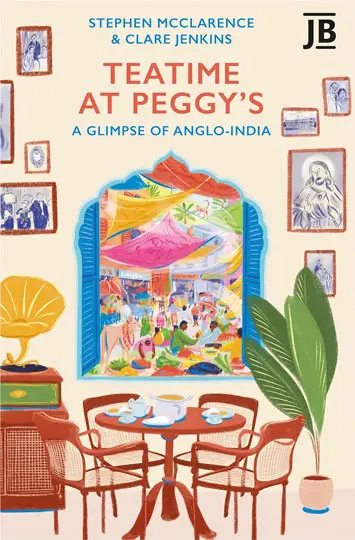 “Bemused”
“Bemused”
What about the goat’s brain curry?
“Oh, we eat all sorts of brains!” Catherina exclaimed. “Even cows’ brains – and spare parts…”
Spare parts?
“Heart, inner organs… we eat everything,” she said and again wandered off to find something else for Peggy, who was wondering what time Buddie would be coming. She had originally been expected, then not expected, then expected again.
Suddenly, everyone started talking at once, in English, Hindi and Anglo-Indian. Peggy’s tuk-tuk driver Anish, in Hindi, said he was offended by the thought of cows being eaten. Sheela asked about lunch. May wanted to phone Buddie but Peggy couldn’t remember her number, or even her own mobile number. May rang her own grandson by mistake and then called someone called Wally, who was rather bemused. Catherina forgot where she had left her phone and May had to ring her number to locate it. As everyone shrieked with laughter at this unfolding farce, a motor scooter roared up outside and Buddie came in, looking every inch the biker in her leather jacket.
To pre-order the book visit: bradtguides.com
Teatime at Peggy’s, BBC Radio 4: bbc.co.uk
